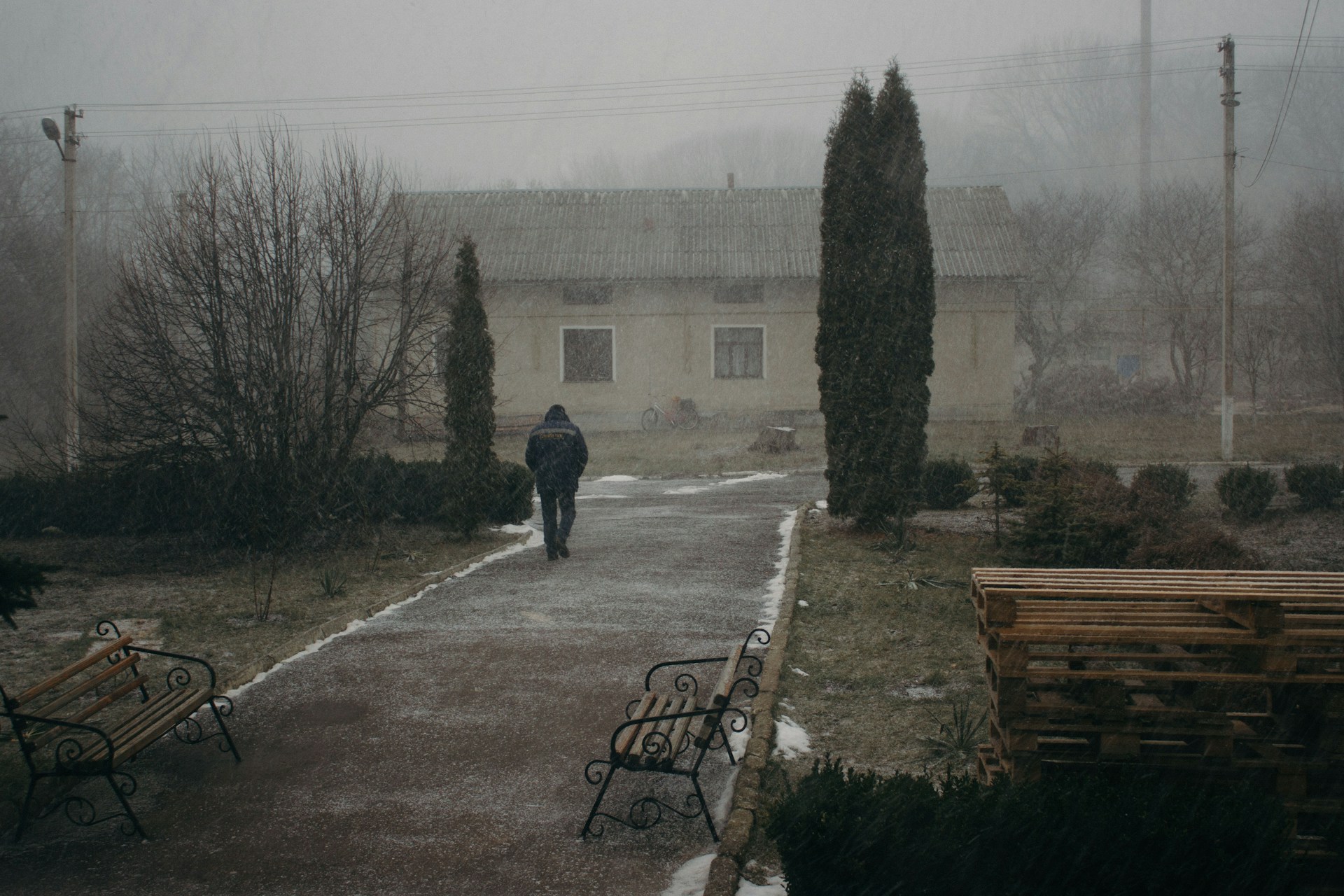In recent years, the weather has become less predictable and more destructive. From sudden downpours to intense heat waves, homeowners are realizing that the sky can turn wild without much warning. The result? Leaky roofs, flooded basements, cracked walls, and costly repairs that could have been avoided.
Your home is your shelter, and it deserves the same level of protection you give your loved ones. Whether you live in a storm-prone region or an area where heat and humidity dominate, keeping your house safe from the elements requires awareness, consistency, and smart planning.
This guide explores how you can protect your home year after year — through proactive maintenance, smart upgrades, and professional support.
Understand What You’re Up Against
No home protection plan works without knowing the local climate patterns. The type of weather your area faces most often will determine your biggest risks.
- Heavy Rain and Flooding: Rainwater can penetrate through weak roofing, clogged gutters, or poorly sealed foundations. Over time, even a small leak can lead to mold, rot, and structural damage.
- High Winds and Storms: Gusts can tear off shingles, damage siding, and send debris crashing into windows.
- Extreme Heat and Sun: Prolonged exposure to the sun can warp roofing materials, fade paint, and reduce insulation efficiency.
- Cold and Ice: In colder climates, freezing and thawing cycles can cause cracks in concrete, leaks in roofing, and ice dams in gutters.
Knowing these risks allows you to prioritize which parts of your home need the most attention — and when.
The Value of a Reliable Local Expert
While regular maintenance goes a long way, there are times when professional help is not just helpful — it’s essential. Weatherproofing your home requires skill, precision, and an understanding of local building conditions.
That’s why working with a trusted specialist in your area can make all the difference. For example, homeowners looking for residential roofing and waterproofing in West Palm Beach benefit from professionals who know how coastal weather, salt air, and intense humidity affect structures. These experts understand which materials withstand high heat and sudden downpours, and how to install them for maximum resilience.
A reliable local expert won’t just repair damage — they’ll help you prevent it. They can recommend upgrades, identify weak points, and create maintenance plans tailored to your region’s climate.
Strength Starts at the Top: Roof Maintenance
Your roof is your home’s first line of defense against the elements. It’s also one of the most overlooked parts of a property until something goes wrong.
Routine roof maintenance can make a difference between a few minor fixes and a full replacement. Here’s how to stay ahead:
- Inspect Regularly: Have your roof inspected at least twice a year — once before the rainy season and once before winter. Look for missing shingles, cracks, or sagging areas.
- Clean Gutters: Clogged gutters can cause rainwater to back up and seep under shingles. Clear them out to keep water flowing freely.
- Repair Promptly: Even small leaks can lead to major water damage. Address issues immediately rather than postponing repairs.
- Upgrade Materials: Modern roofing materials are designed to handle harsher weather. Consider investing in impact-resistant shingles or reflective coatings to improve longevity.
A healthy roof isn’t just about keeping the rain out — it’s about ensuring the structural integrity of your entire home.
Waterproofing: The Hidden Hero of Home Protection
Water is one of the most destructive forces your home will ever face. When moisture seeps into walls, basements, or floors, it slowly breaks down materials from the inside out. That’s why waterproofing deserves as much attention as roofing.
Some key steps include:
- Seal Cracks and Openings: Check for foundation cracks, window gaps, and entry points for water.
- Improve Drainage: Ensure the ground slopes away from your house to direct rainwater elsewhere.
- Apply Protective Coatings: Use waterproof paints or sealants on vulnerable exterior walls and foundations.
- Install a Sump Pump: In flood-prone areas, a sump pump can prevent water buildup in basements.
A well-waterproofed home can stand strong even when the weather turns unpredictable.
Reinforce Windows, Doors, and Walls
A roof isn’t the only place where weather can find its way in. Windows and doors are often the weakest points during storms and temperature extremes. Over time, they expand, contract, and lose their seal — letting in drafts, rain, or pests.
To strengthen them:
- Check Seals and Caulking: Replace old or cracked caulking around window frames and door edges.
- Install Storm Shutters: If you live in a hurricane-prone region, shutters can protect glass from flying debris.
- Upgrade to Impact-Resistant Glass: These windows are designed to resist breakage during strong winds or impacts.
- Use Weatherstripping: A simple but effective way to block air leaks and reduce energy loss.
Your walls also deserve attention. Repainting with weatherproof coatings or adding insulation can help maintain interior comfort and energy efficiency year-round.
Don’t Forget What’s Underneath: Foundation and Landscaping
The foundation of your home literally holds everything together. When neglected, even the most beautiful exterior can crumble under pressure.
Keep your foundation healthy with these steps:
- Inspect for Cracks: Small cracks can widen over time, allowing water infiltration. Seal them early.
- Manage Soil Moisture: Too much or too little moisture in the soil can cause the foundation to shift. Use proper drainage and avoid overwatering near the base of your house.
- Trim Vegetation: Tree roots can damage underground pipes or crack foundations. Keep large plants a safe distance away.
Landscaping also plays a role in protection. The slope of your yard should direct water away from your house, not toward it. Gravel paths, French drains, and rain gardens can all help manage runoff naturally.
Routine Maintenance: The Secret Weapon
Protecting your home isn’t just about big renovations or expensive upgrades. Often, it’s the smaller, consistent habits that prevent major problems.
Here’s a simple checklist to follow each season:
- Spring: Check roof, gutters, and windows after winter weather. Clean out debris and inspect for water damage.
- Summer: Look for signs of heat damage — faded paint, cracked caulking, or warped shingles.
- Fall: Clear leaves from gutters, inspect seals, and prepare for rain or snow.
- Winter: Keep an eye out for ice buildup, condensation, and drafts.
Consistency is key. A few hours of maintenance each season can save thousands of dollars down the line.
Insurance and Documentation: Plan for the Unexpected
Even the most well-prepared homeowner can face sudden weather disasters. That’s why good insurance coverage matters. Review your homeowner’s policy every year to ensure it covers common local risks like floods, hurricanes, or hail damage.
Also, document your home’s condition. Take photos of the roof, foundation, and interior before and after major storms. This record can simplify claims and prove the extent of any damage.
Future-Proofing Your Home
Home protection isn’t static. As building materials evolve and weather patterns shift, it’s wise to think ahead. Consider incorporating modern solutions like:
- Cool roofs to reflect heat and lower cooling costs.
- Smart home sensors that detect leaks, humidity changes, or pressure variations early.
- Energy-efficient insulation that keeps temperatures stable and reduces wear on HVAC systems.
These improvements not only strengthen your home against nature’s unpredictability but also increase its long-term value.
Conclusion: Protection Is a Year-Round Commitment
When the sky turns wild, your home stands between you and the elements. Protecting it isn’t a one-time project — it’s an ongoing commitment.
By understanding your local risks, maintaining critical areas like your roof and foundation, and partnering with trusted professionals when needed, you can ensure that your home remains strong, dry, and secure year after year.
Because while the weather may grow more unpredictable, your peace of mind doesn’t have to.








